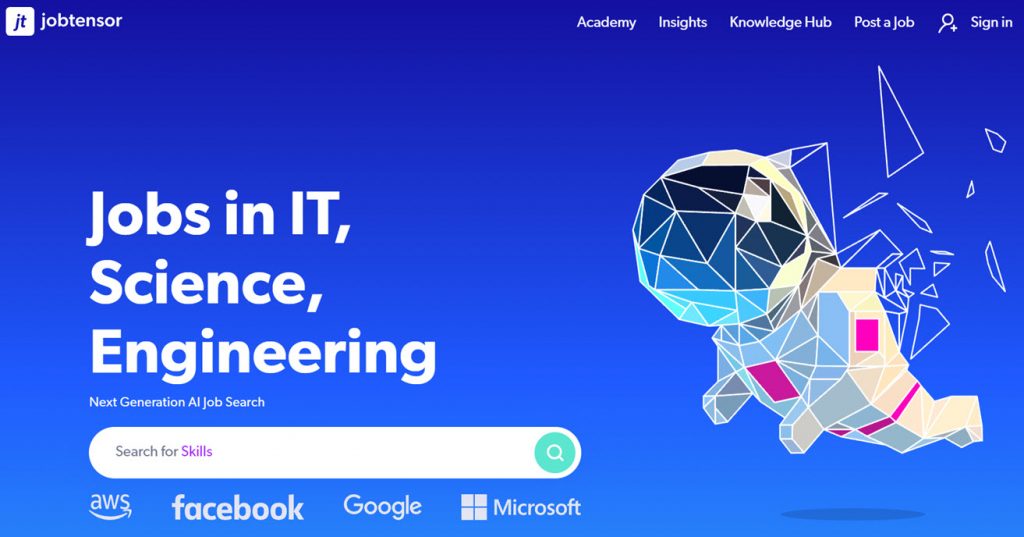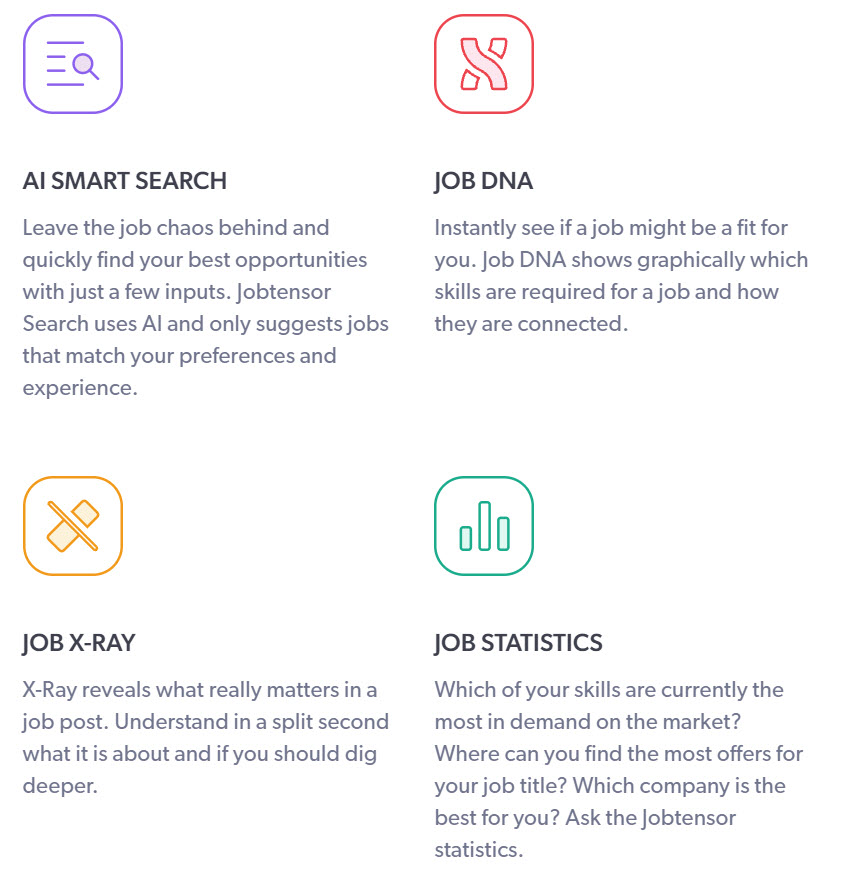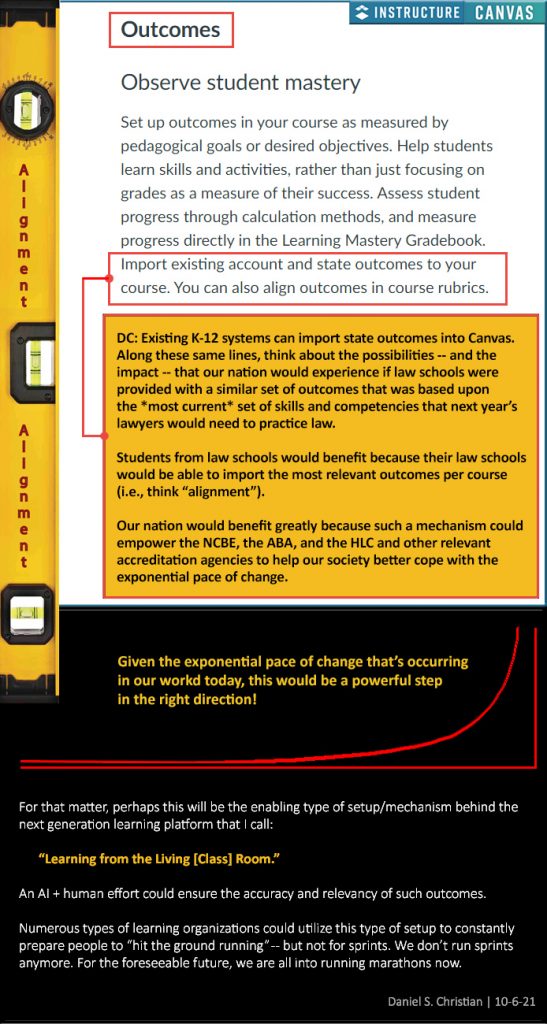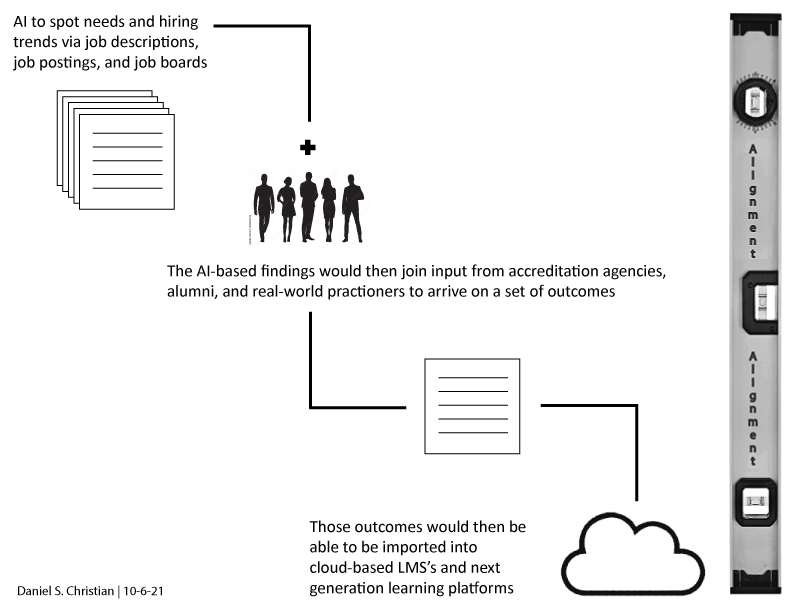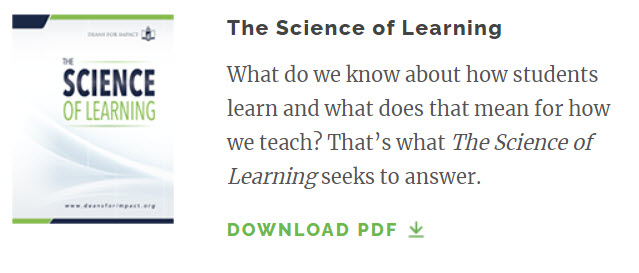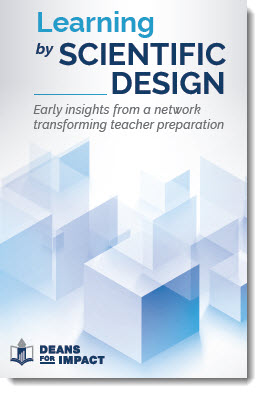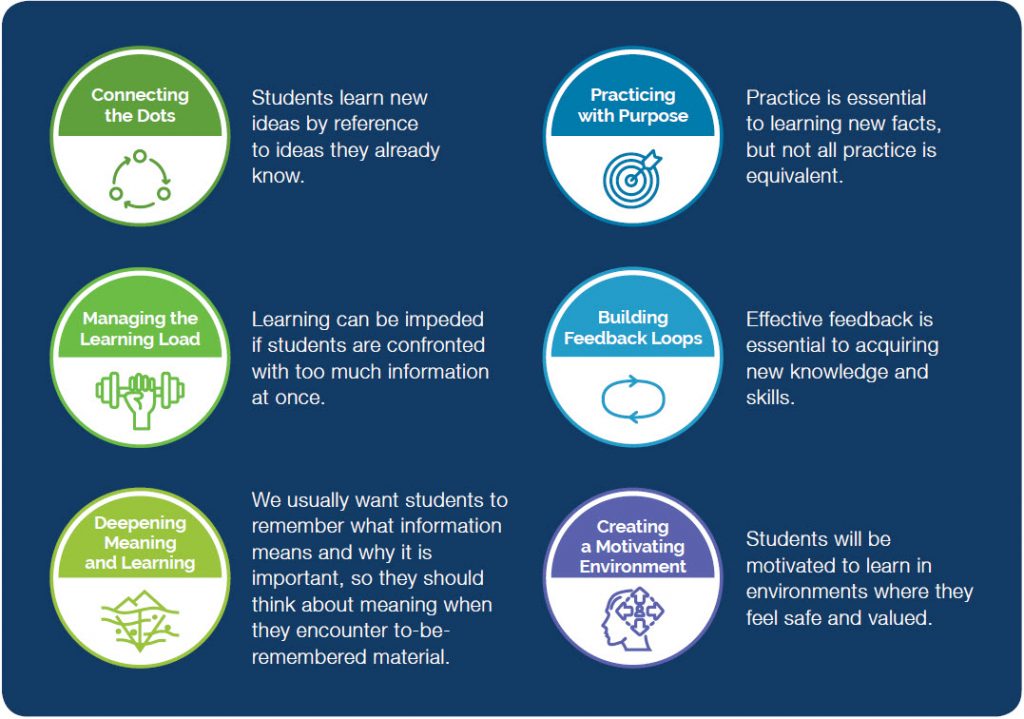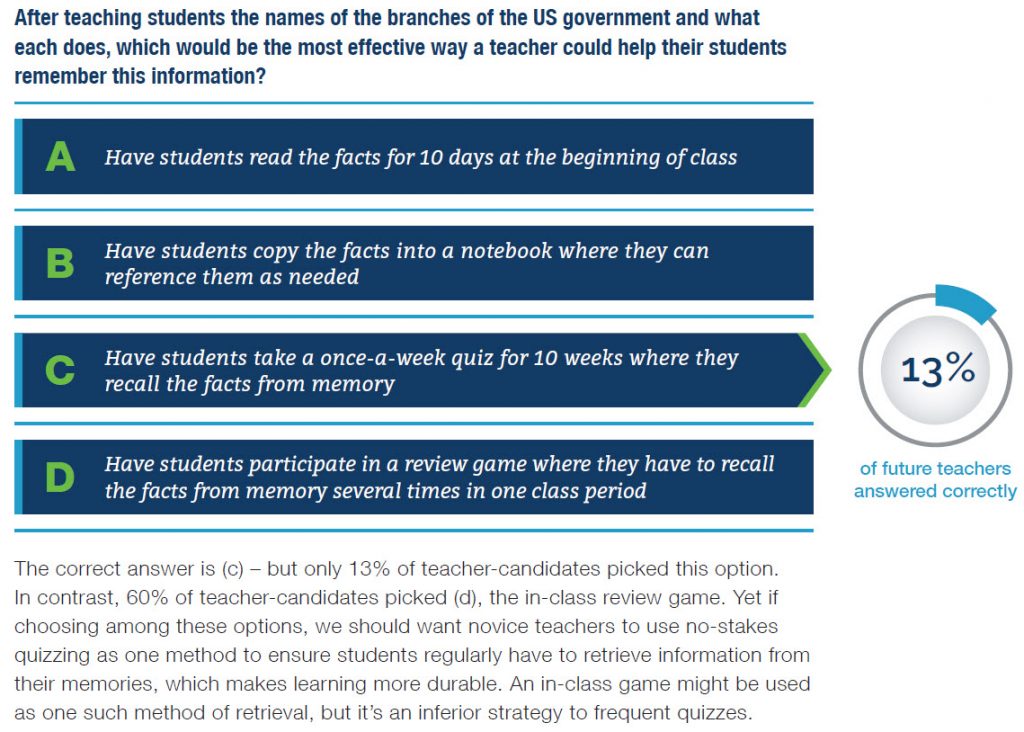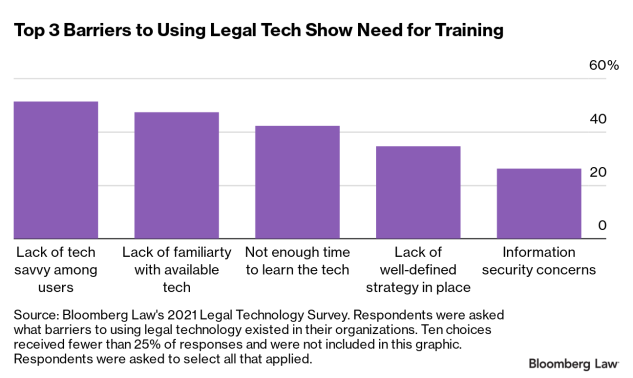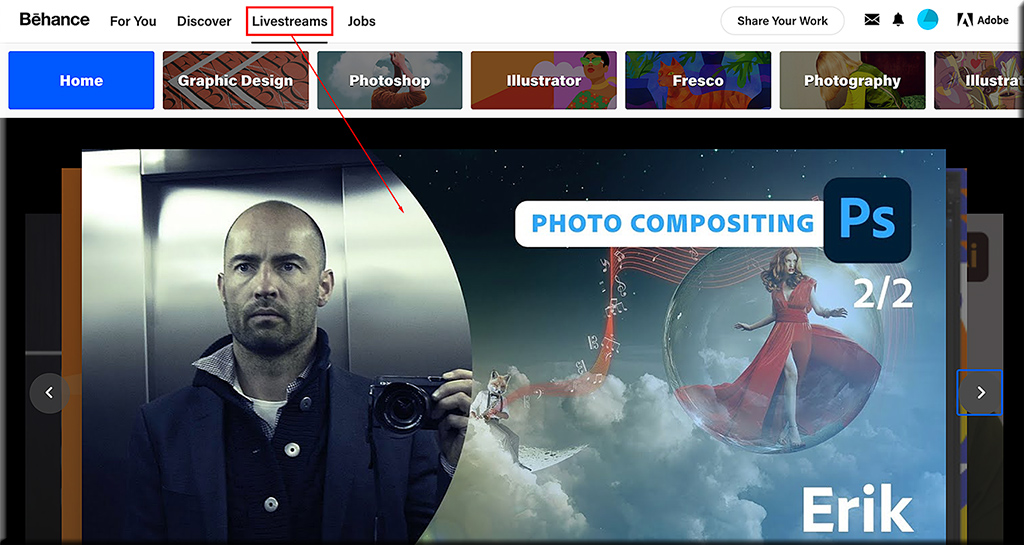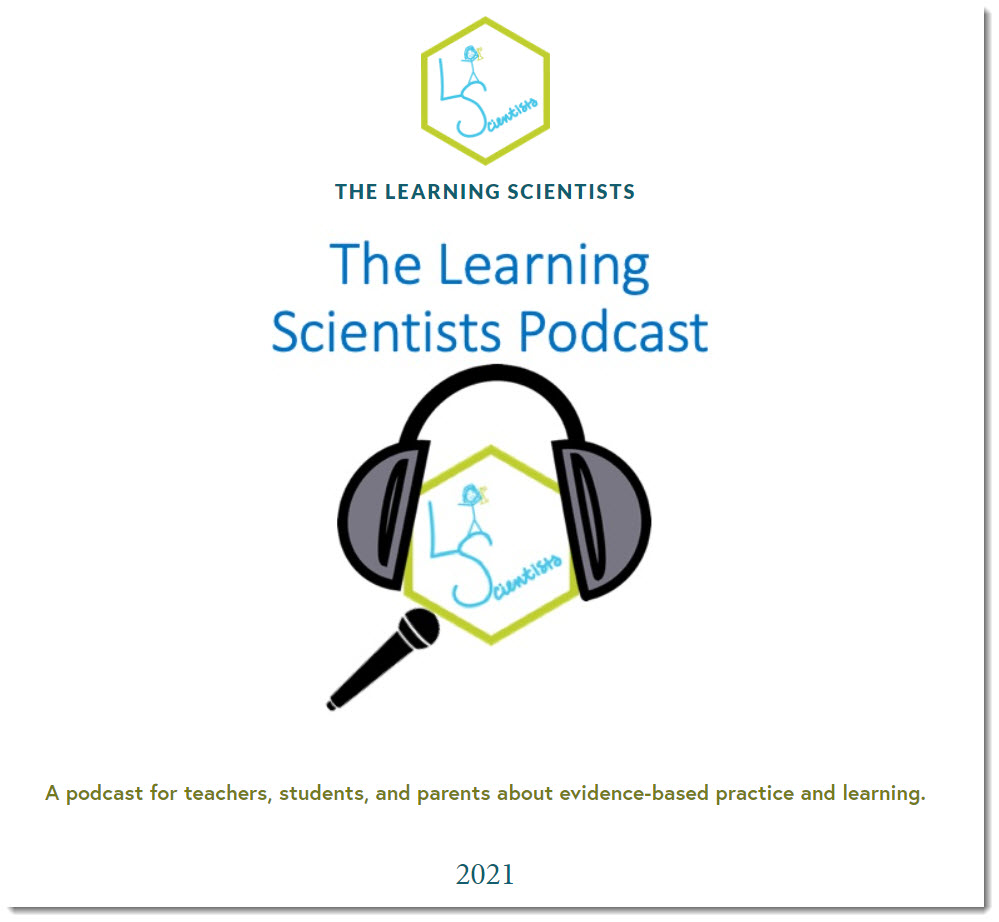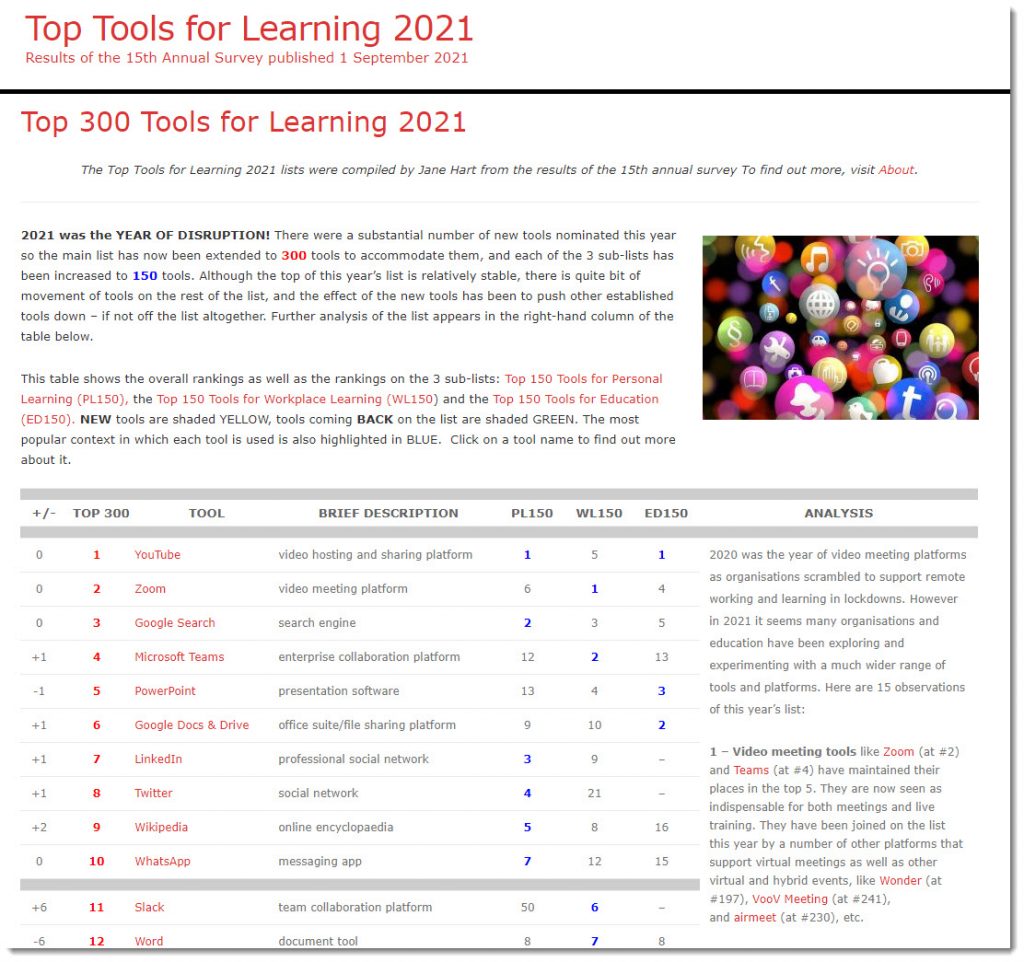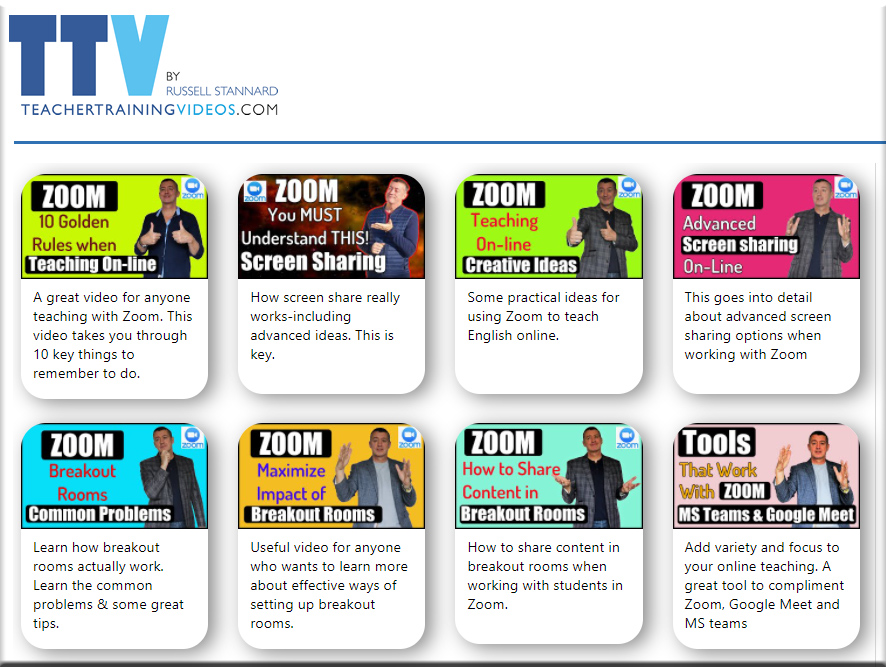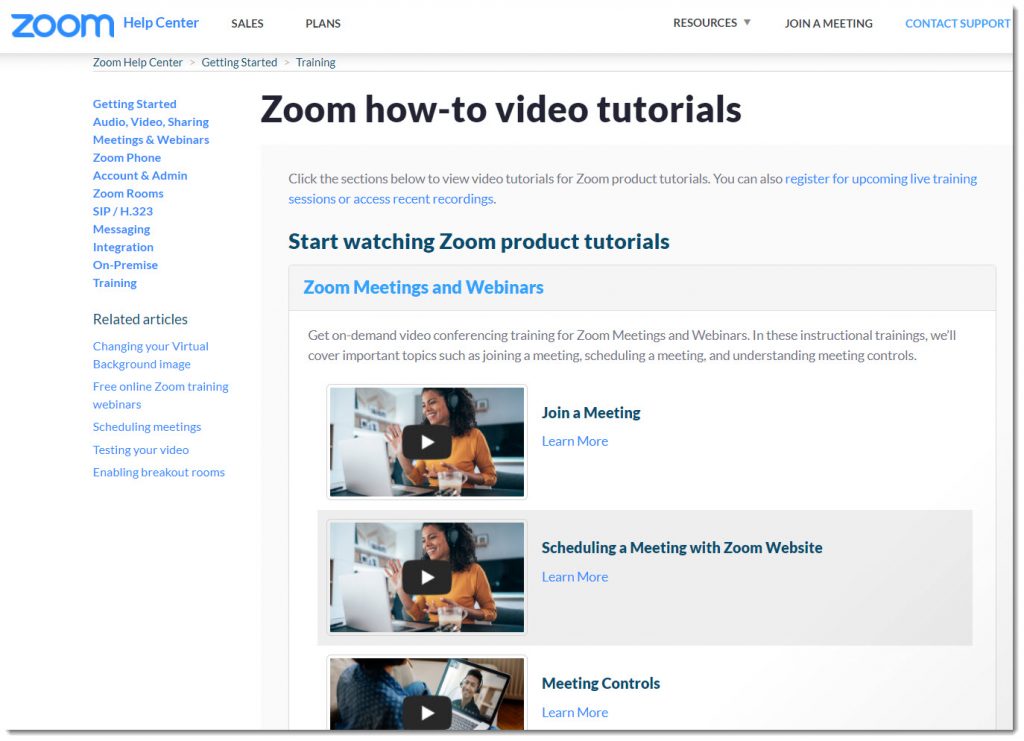
Five Tips for Launching an Online Writing Group — from scholarlyteacher.com by Kristina Rouech, Betsy VanDeuesen, Holly Hoffman, & Jennifer Majorana — who are all from Central Michigan University
Excerpt:
Making time for writing can be difficult at any stage of your career. Pushing writing aside for grading, lesson planning, meeting with students, and committee work is too easy. However, writing is a necessary part of our careers and has the added benefit of helping us stay current with our practice and knowledge in our field. Lee and Boud (2003) stress that groups should focus on developing peer relationships and writing identity, increasing productivity, and sharing practical writing. Online writing groups can help us accomplish this. With the impact of the COVID-19 pandemic, working online has become a necessity, but it can take time to figure out what works best for you and your writing colleagues. We recommend five tips to help you establish an online writing group that is productive and enjoyable for all participants.
What Makes a Successful Video? — from learningsolutionsmag.com by Bill Brandon
Excerpt:
For the purposes of this article, there are two kinds of videos. There are tutorials, in which you going to show a user how to do a task. And there are instructional videos, which will address interpersonal communication skills, leadership, and analytical tasks. There are some situations in which you may want to do a kind of combination of the two types. The exact names (tutorial and instructional) are not really important, but the purposes are.
Tools for Building Branching Scenarios — from christytuckerlearning.com by Christy Tucker
When would you use Twine, Storyline, Rise, or other tools for building branching scenarios? It depends on the project and goals.
Excerpt:
When would you use Twine instead of Storyline or other tools for building branching scenarios? An attendee at one of my recent presentations asked me why I’d bother creating something in Twine rather than just storyboarding directly in Storyline, especially if I was using character images. Whether I would use Twine, Storyline, Rise, or something else depends on the project and the goals.









